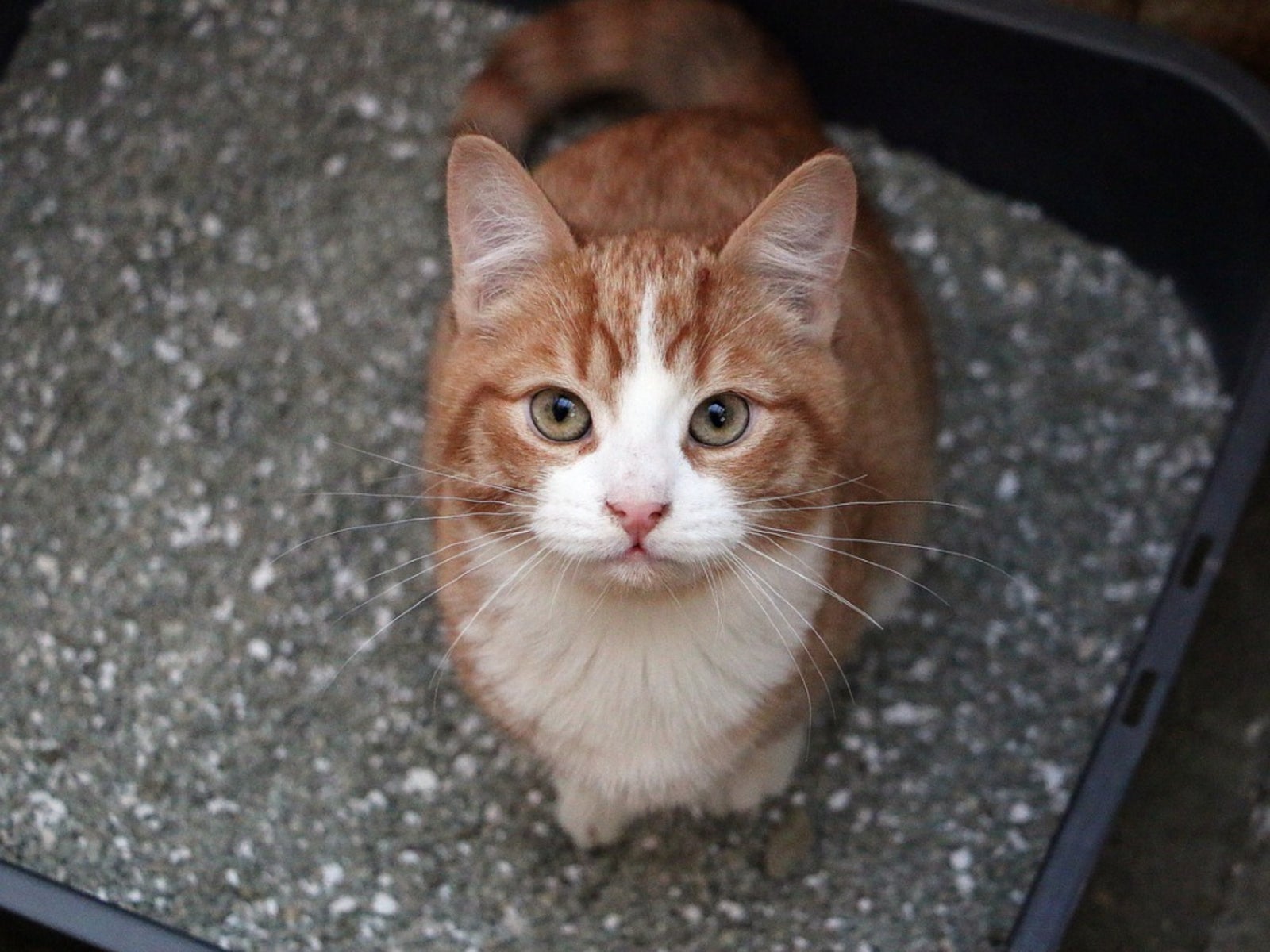Cat Feces In Compost: Why You Shouldn't Compost Cat Waste


Everyone knows the benefits of using livestock manures in the garden, so what about the contents of your cat's litter box? Cat feces contain two and a half times the amount of nitrogen as cattle manure and about the same amount of phosphorus and potassium. They also contain parasites and disease organisms that present significant health risks. Therefore, composting cat litter and its contents may not be a good idea. Let's find out more about cat feces in compost.
Can Cat Feces Go in Compost?
Toxoplasmosis is a parasite that causes disease in humans and other animals, but cats are the only animal known to excrete toxoplasmosis eggs in their feces. Most people who contract toxoplasmosis have headaches, muscle aches, and other flu symptoms.
People with immunodeficiency diseases, such as AIDS, and patients who are receiving immunosuppressive treatment can become seriously ill from toxoplasmosis. Pregnant women are at significant risk because exposure to the disease can result in birth defects.
In addition to toxoplasmosis, cat feces often contain intestinal worms. Composting cat litter is not enough to kill the diseases associated with cat feces. In order to kill toxoplasmosis, a compost pile would have to reach a temperature of 165 degrees F (73 C), and most piles never get that hot.
Using contaminated compost carries the risk of contaminating your garden soil. In addition, some cat litters, particularly scented brands, contain chemicals that don't break down when you compost cat waste. Pet poop composting simply isn't worth the risk.
Deterring Pet Poop Composting in Garden Areas
It's clear that cat feces in compost is a bad idea, but what about cats that use your garden as a litter box? There are a few things you can do to discourage cats from entering your garden. Here are a few ideas:
- Spread chicken wire over the vegetable garden. Cats don't like to walk on it and can't dig through it, so other potential “toilets” will be more appealing.
- Lay cardboard coated with Tanglefoot at entry points to the garden. Tanglefoot is a sticky substance used to trap insects and discourage wild birds, and cats won't step on it more than once.
- Use a sprinkler with a motion detector that will come on when a cat enters the garden.
Ultimately, it is a cat owner's responsibility to make sure that his pet (and its pet poop composting) doesn't become a nuisance. The best way to do this is to keep the cat indoors. You might point out to the cat owner that according to the ASPCA, cats that stay indoors contract fewer diseases and live three times longer than those that are allowed to roam.
Sign up for the Gardening Know How newsletter today and receive a free copy of our e-book "How to Grow Delicious Tomatoes".

Jackie Carroll has written over 500 articles for Gardening Know How on a wide range of topics.